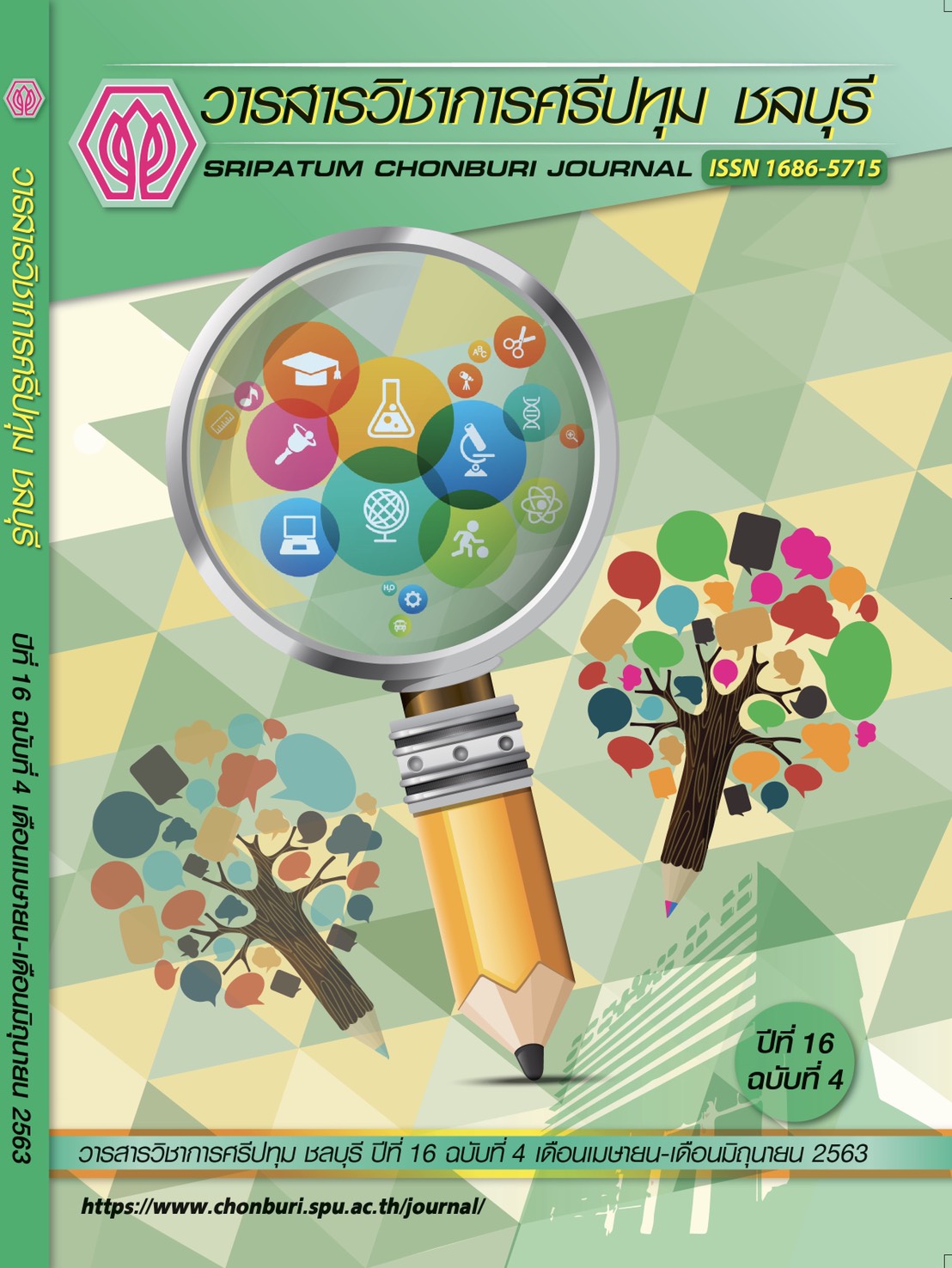THE ROLE OF CREW RESOURCE MANAGEMENT TO AIRCRAFT ACCIDENT PREVENTION
Keywords:
crew resource,, aircraft,, accident.Abstract
This article aimed to explain the principles of Crew Resource Management (CRM), including the role of CRM in aircraft accident prevention and also to give suggestions in order to prevent and minimize human errors causing by crew operation that may lead to aircraft accidents. The reviewing of aircraft accident statistics found that human errors played the major part for more than 70 percentages as the contributing factor. Therefore, Crew Resource Management (CRM) was developed in order to prevent and also reduce effects from human error as much as possible by avoiding human errors in many ways in order to decrease the possibility of aircraft accidents. Reviewing researches about CRM found that CRM can minimize human error, and CRM training showed positive results by promoting effectiveness on working for airline personnel, reduce the possibility of errors that may lead to aircraft accidents.
References
พระราชบัญญัติการเดินอากาศ (ฉบับที่ 14) พ.ศ. 2562. (2562, 25 พฤษภาคม). ราชกิจจานุเบกษา. เล่ม 136 (ตอนที่ 68ก), หน้า 58-146.
วธัญปวีณ์ ชัยธัญวิวัฒน์. (2559). อุบัติเหตุเครื่องบินกับธุรกิจการบิน. วิทยานิพนธ์เศรษฐศาสตรมหาบัณฑิต สาขาวิชาเศรษฐศาสตร์ธุรกิจ, คณะเศรษฐศาสตร์ มหาวิทยาลัยธรรมศาสตร์.
อมร แสงสุพรรณ และนิรันดร พิเดช. (2551). จิตวิทยาการบิน: ธรรมชาติความผิดพลาดของมนุษย์ (พิมพ์ครั้งที่ 3). ปทุมธานี: โรงพิมพ์มหาวิทยาลัยธรรมศาสตร์.
Diehl, A. (1991). The effectiveness of training programs for preventing aircrew “error”. In R. S. Jensen (Ed.), Proceedings of the 6th International symposium on aviation psychology (pp. 640-655). Columbus, OH: The Ohio State University.
European Aviation Safety Agency (EASA). (2018). Annual safety review 2018 (Online). Available: https://www.easa.europa.eu/sites/default/files/dfu/218346_EASA_ASR_2018_SUMMARY.pdf [2019, December 21].
Helmreich, R. L., & Foushee, H. C. (2010). Chapter 1: Why CRM? Empirical and theoretical bases of human factors training. In Barbara G. Kanki, Robert L. Helmreich, & José Anca (Eds.),
Crew resource management (pp.3-57). Cambridge, MA: Elsevier Academic Press.
International Air Transport Association (IATA). (2019). IATA safety fact sheet 2019 (Online). Available: https://www.iata.org/contentassets/928a418fcf4c420fa62e198df1d39335/fact-sheet-safety.pdf [2019, December 22].
International Civil Aviation Organization (ICAO). (2019). State of global aviation safety: ICAO safety report 2019 edition (Online). Available: https://www.icao.int/safety/Documents/ICAO_ SR_2019_final_web.pdf [2019, December 21].
Kayten, P. J. (1993). The accident investigator's perspective. In E. L. Wiener, B. G. Kanki, & R. L. Helmreich (Eds.), Cockpit resource management (pp. 283–314). Washington, DC: American Psychological Association.
O’Connor, Paul, et al. (2008). Crew resource management training effectiveness: A meta-analysis and some critical needs. International Journal of Aviation Psychology, 18(4), pp. 353-368.
Tullo, Frank J. (2010). Chapter 2: Teamwork and organizational factors. In Barbara G. Kanki, Robert L. Helmreich, & José Anca (Eds.), Crew resource management (pp.59-78). Cambridge, MA: Elsevier Academic Press.
Downloads
Published
Issue
Section
License
บทความทุกบทความเป็นลิขสิทธิ์ของวารสารวิชาการศรีปทุม ชลบุรี



